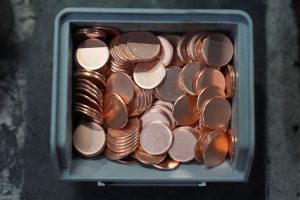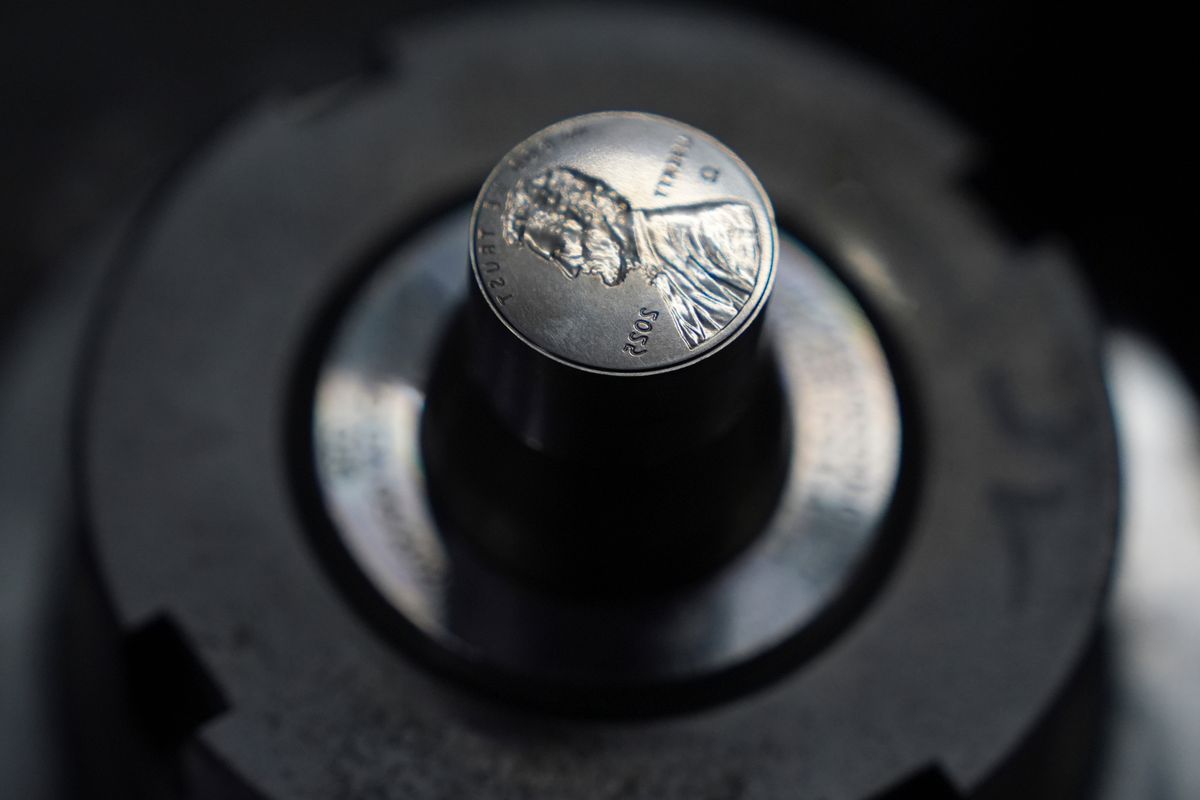The U.S. Mint in Philadelphia on Wednesday pressed its last penny, marking the latest step in the 1-cent coin’s demise.
President Donald Trump ordered the cancelation of the penny earlier this year, noting that the cost of making them had became more than their value.
Here’s what you should know about the penny’s long history in the U.S.
When was the first penny minted?
The penny was one of the first coins made by the U.S. Mint after its establishment in 1792, when only the half-cent was being produced along with the 1-cent coin.
Congress eventually discontinued the unpopular half cent in 1857, but kept the modest penny after deciding to making it smaller to save money on the copper needed to make the coin. Today, the penny is made with 97.5% zinc with copper plating.
Where will these last pennies go?
There are an estimated 250 billion pennies still in circulation in the U.S., according to the American Bankers Association. This means the last pressed pennies won’t disappear, but circulation will slow. Pennies still remain legal tender, and will largely remain worth the same humble 1-cent.
On Wednesday, U.S. Treasurer Brandon Beach told reporters that they would auction off the final pennies printed in Philadelphia.
How many pennies are there today?
There are about 114 billion pennies currently in circulation in the United States, but they are greatly underutilized, according to the Treasury.
Are pennies really that expensive to make?
It costs nearly 4 cents to make one penny, according to the U.S. Mint. Trump has called such production costs “so wasteful” while others have described the penny as obsolete. The Treasury Department has estimated it will save $56 million per year on materials by ceasing to make them.
However, defenders of the penny say the cost is a bargain compared to the nickel, which costs almost 14 cents to mint. Each dime costs nearly 6 cents to make and distribute, and a quarter costs nearly 15 cents.
Where are pennies used?
Many people have a nostalgia for pennies, seeing them as lucky or fun to collect. They’ve also long been tied to traditions and have shown up in rhymes like “See a penny, pick it up. All the day you’ll have good luck.”
The penny has also remained useful not only for charity drives but also for those who continue to use physical cash and coins for purchases.
So what happens now?
For retailers, the phase-out has been abrupt, and in part significant given that price tags ending in $.99 are a bedrock of American retail used to convince customers of a good deal.
The American Bankers Association says that some banks and retailers may round cash transactions to the nearest five cents, mimicking what countries like Canada and Australia did after phasing out their own lowest-value coins.
By KIMBERLEE KRUESI
Associated Press


